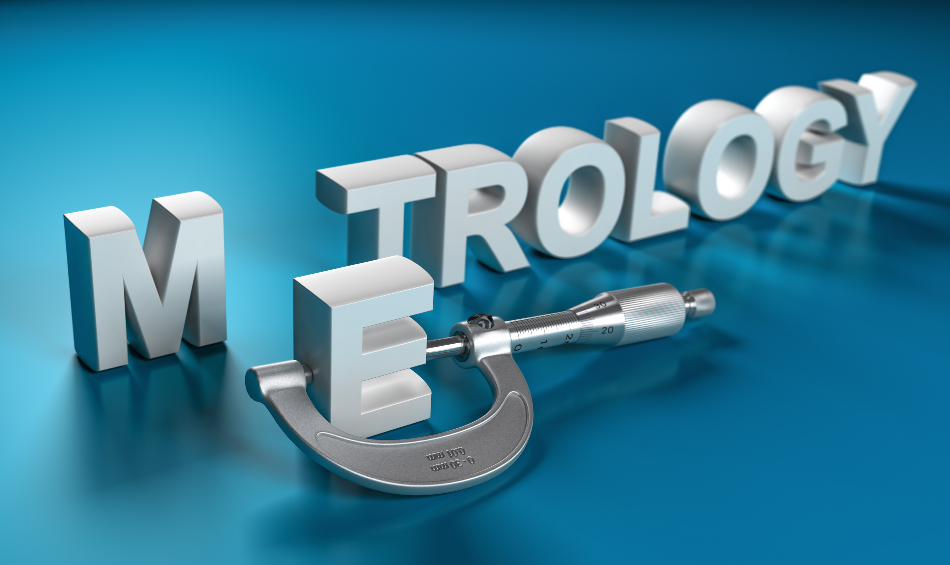
Olivier Le Moal / Shutterstock
Metrology – the science of measurement – has been progressed considerably in terms of accuracy, resolution, and precision in recent years by the exploitation of the peculiar observable effects of quantum mechanics. In quantum mechanics, the smallest possible interacting particles behave in ways that do not make sense according to the laws of classical physics.
For example, in a quantum superposition, a particle can exist in two states simultaneously (the Schroedinger’s cat analogy is based on superposition), and in quantum entanglement, multiple particles can become related over a distance so that inducing one particle to spin causes the other entangled particles in the system to spin as well.
Quantization of Hall Effect
Another development in quantum physics that has recently helped advance the field of metrology is the quantization of the centuries-old Hall effect. The Hall Effect, named after Edwin Hall who discovered it in 1879 while still a doctoral candidate, is an electromagnetic phenomenon in which a magnetic field applied perpendicular to an electrical current in an electrical conductor produces a voltage difference (the Hall voltage) transverse to the electrical current.
The quantized version of the Hall Effect is affected in two-dimensional electron systems under strong magnetic fields in low temperatures. In it, quantum Hall transitions quantize the conductance of the systems so that electrons move freely without loss of energy. This quantization is persistent, meaning electron density remains consistent throughout the system.
Invention of MOSFET
The discovery of the quantum Hall effect was enabled by the invention of the MOSFET (metal-oxide-semiconductor field-effect transistor) by Mohamed Atalla and Dawon Kahng in 1959. The MOSFET allowed for the study of electrons in two-dimensional gas, and quantum electron effects could be studied in high-purity MOSFETs operated at liquid helium temperatures. Jun-ichi Wakabayashi and Shinji Kawaji first observed the quantum Hall effect using MOSFETs in 1978, subsequent to the effect’s first prediction in 1975 by Tsuneya Ando, Yukio Matsumoto, and Yasutada Uemura.
As a result of the consistency achieved from the quantization of the Hall conductance, the measurement of two-dimensional electron systems under the right magnetic and temperature conditions can be exceedingly precise. The resulting phenomenon of the quantum Hall effect is known as exact quantization and was discovered in 1980 by Klaus von Klitzing (a discovery which earned von Klitzing the Nobel Prize in Physics in 1985).
In metrology, von Klitzing’s discovery was applied to define a new practical standard for electrical resistance in materials, the von Klitzing constant – RK = h/e2 = 25812.80745... Ω. Resistance calibrations around the world started using a fixed conventional value derived from the von Klitzing constant – RK-90 – in the early 1990s, however, this conventional value was abrogated in 2018 as a result of the decision taken at the General Conference on Weights and Measures 26th meeting to fix the values of h (the Planck constant) and e (the elementary charge).
Measurement of Fine-Structure Constant
Another groundbreaking advance in metrology enabled by the discovery of the Quantum Hall effect was the extreme precision with which the fine-structure constant can be measured, independent of various parameters including the material and geometry of the measuring device (Klitzing and Ebert, 1985).
The fine-structure constant characterizes elementary charged particles’ strength of electromagnetic interaction and is commonly denoted by α. Sometimes known as Sommerfield’s constant, after Arnold Sommerfield who introduced it in 1916, the fine-structure constant can now be measured with a standard uncertainty of 0.15 parts per billion, thanks to the exploitation of the Quantum Hall effect.
The latest recommended value of the fine-structure constant (α), achieved through metrology exploiting the quantum Hall Effect, is α = e2/4πε0ħc = 0.0072973525693(11) (Mohr, Taylor and Newell, 2019).
Conclusion
Discovery of the quantum Hall Effect has in these ways “revolutionized metrology” (Poirier et al., 2011) by allowing for far greater levels of precision and accuracy in the measurement of electromagnetic properties of materials.
These more precise measurements have numerous applications in materials science, condensed matter physics, and an array of quantized research fields. Finally, metrology advanced by the discovery of the quantum Hall effect is enabling the exciting new material, graphene, to be properly understood and applied.
Sources
- Klitzing, K. v and Ebert, G. (1985). Application of the Quantum Hall Effect in Metrology. Metrologia, 21(1), pp.11–18.
- Mohr, P. J.; Taylor, B. N.; Newell, D. B. (2019). "Fine structure constant". CODATA Internationally recommended 2018 values of the fundamental physical constants. National Institute of Standards and Technology.
- Poirier, W., Schopfer, F., Guignard, J., Thévenot, O., and Gournay, P. (2011). Application of the quantum Hall effect to resistance metrology. Comptes Rendus Physique, 12(4), pp.347–368.
Disclaimer: The views expressed here are those of the author expressed in their private capacity and do not necessarily represent the views of AZoM.com Limited T/A AZoNetwork the owner and operator of this website. This disclaimer forms part of the Terms and conditions of use of this website.